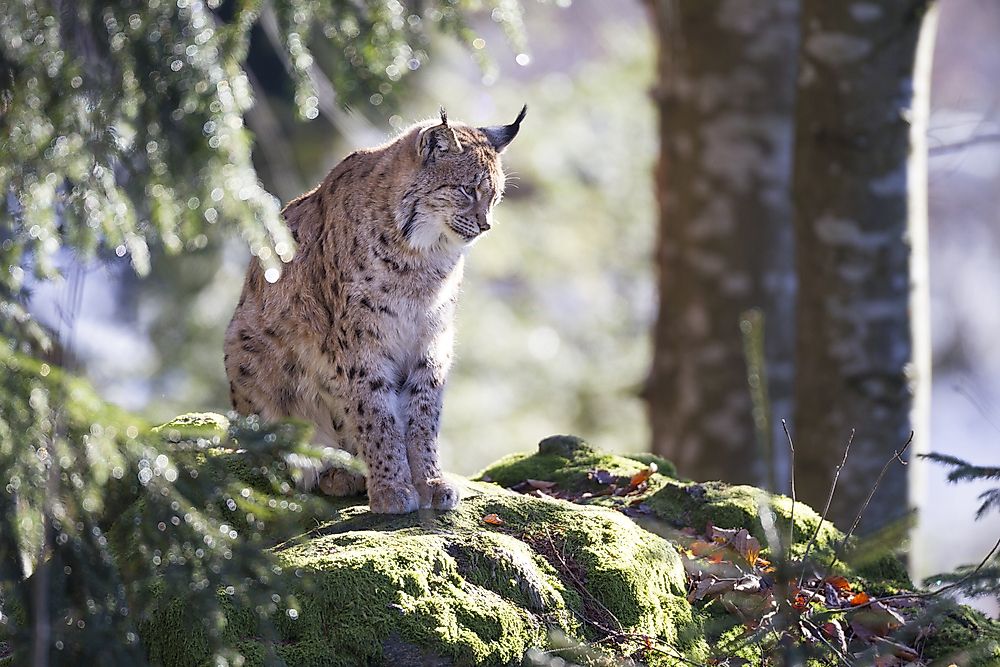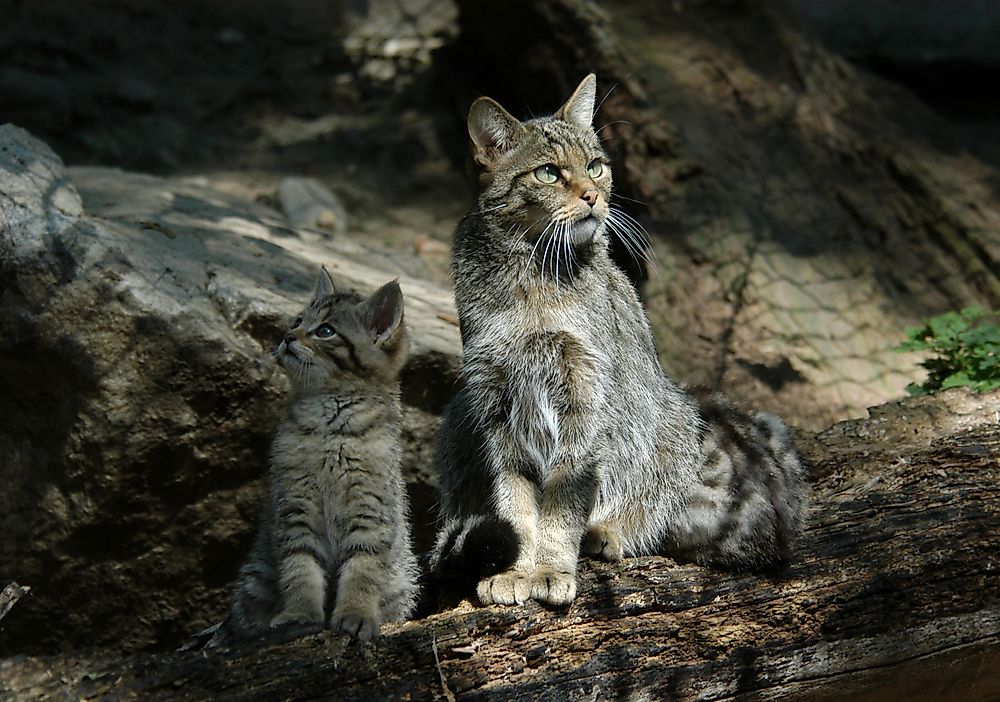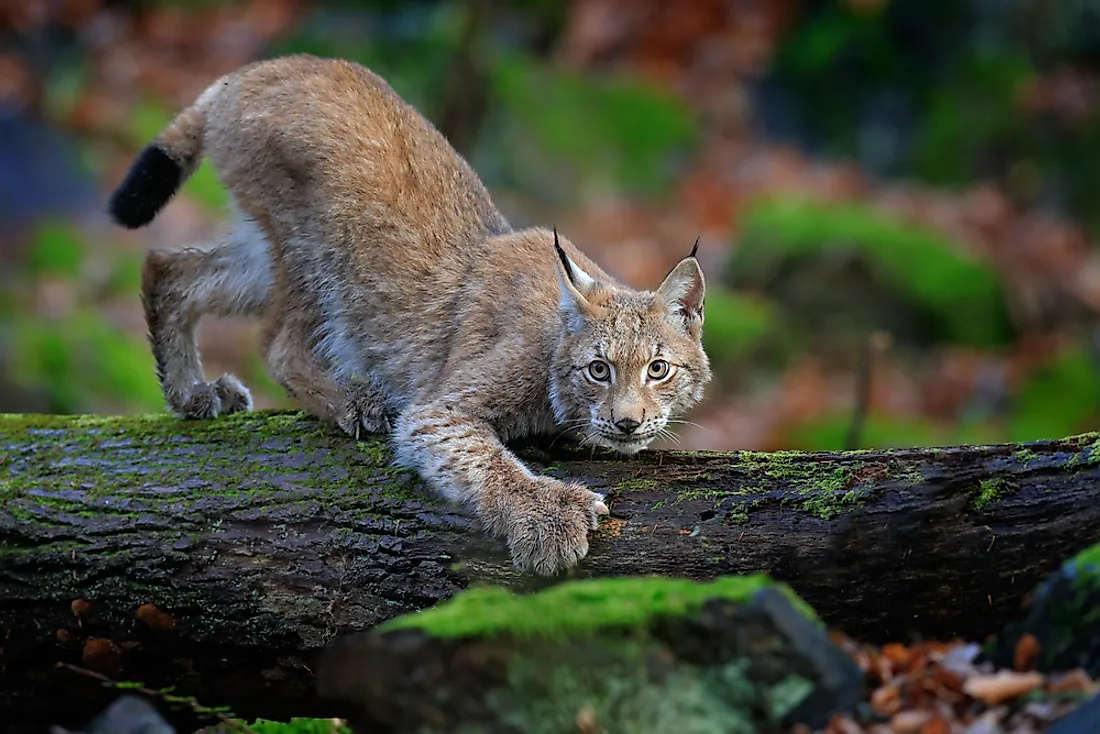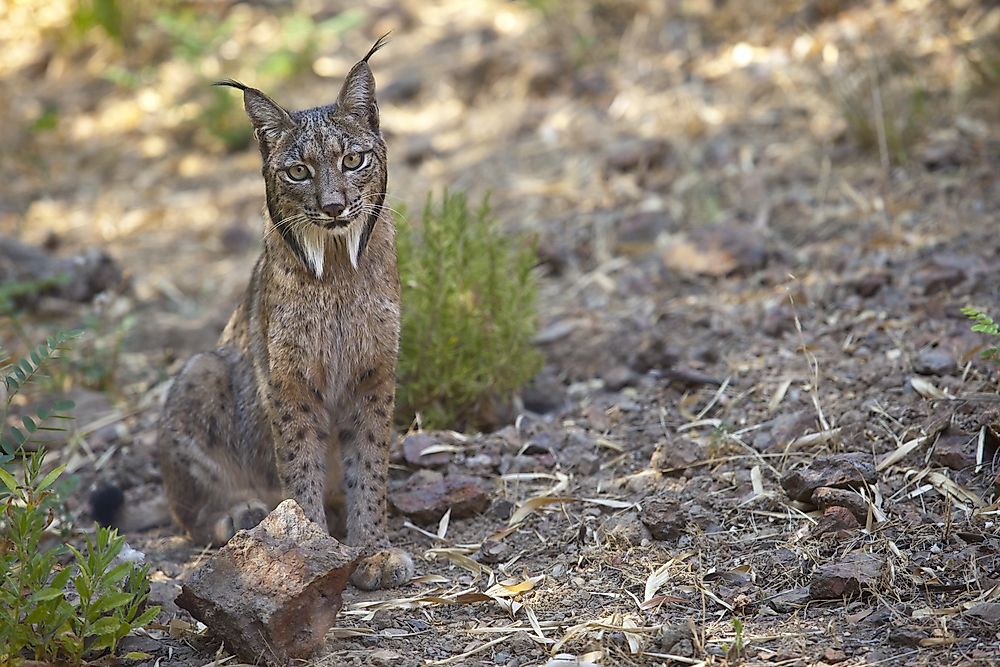The Three Wild Cats Found In Europe

Europe is one of the last places that comes to our minds when thinking of large cats roaming in the wild. However, the past history of the continent paints a completely different picture of leopards and lions living in the European wilds. Around 12 to 14,000 years back, the cave lions were completely exterminated from the UK. The extinction of these lions coincides with the time when humans had just started farming in Europe following the retreat of the ice. These lions are known to have been 25% larger than the lions we see today. Presently, however, the continent’s primary forests have largely disappeared and been replaced by human settlements and agricultural areas. Thus, only three wild cats survive in the European wilds today. These are much smaller in size than the lions, tigers, and leopards found in the wilds of other continents. The three wild cat species found in Europe include the European wildcat, the Eurasian lynx, and the Iberian lynx.
3. European Wildcat

The Felis silvestris silvestris is one of the three species of wild cats and the only wild felid found in Europe. Although it had a wide range in the past, it has been exterminated from a greater part of this range due to habitat loss. Presently, this cat lives in the surviving forests of Eastern, Western, and Southern Central Europe. The males of this species weight between 5 to 8 kg while females weigh around 3.5 kg. They have larger teeth than the domestic cats. Rodents, rabbits, small birds, etc., constitute the diet of these carnivores. The European wildcat avoids areas of human habitation and prefers to live in the mixed and broad-leaved forested areas. Over the years, the wildcat population has been drastically falling in the European countries where they are found. They are protected by law but often killed due to wrong identification as feral cats. Spain and Portugal host the largest population of this species. Due to loss of habitat and increased contact with feral cats living near human settlements, interspecific breeding between the wildcats and the feral ones is also threatening the future survival of the species.
2. Eurasian Lynx

The Eurasian lynx (Lynx lynx) is one of the three wild cats that are found in Europe. The range of the species stretches from Siberia across Asia to Europe. In Europe, these cats are found in the eastern, central, and northern parts of the continent. Due to this wide distribution, the Eurasian lynx is often labeled as a Least Concern species. The length of the cat ranges from 80 to 130 cm. The height is about 60 to 75 cm at the shoulder. The coat color varies from reddish or brown in the summer to silver gray or yellowish brown in the winter. Black spots dot the fur of this species. The bobbed tail has a black tip and legs are powerfully built for running fast. The fur at the underparts is white all year round. The lynx preys on rodents, rabbits, deer, wild boar, birds like grouse, etc. They are primarily nocturnal or crepuscular in nature. Although widespread, the species has become locally extinct in most parts of Western and Central Europe. The Carpathian Mountains hosts one of Europe’s largest population of the Eurasian lynx, numbering around 2,800. Romania hosts a significant number (about 2,000) of individuals of this species. Other places in Europe where these animals are founds are the Balkan Peninsula, Britain, the Czech Republic, the Dinaric and the Julian Alps region, Estonia, Fennoscandia, France, Germany, and some other countries of the continent. In some of these countries, the lynx has been reintroduced after local extinction ,while in others successful conservation efforts have helped in reviving the population of the species.
1. Iberian Lynx

The Iberian Lynx (Lynx pardinus) is also a wildcat that is found in Europe. It is also the only wildcat with its range restricted to Europe. Southwestern Europe’s Iberian Peninsula is the native range of this lynx species. The adult males of this species have a length (head to the base of the tail) ranging from 74.7 to 82 cm while females have a length ranging from 68.2 to 77.5 cm. The fur of the animal is tawny or bright yellowish in color and bears spots of different sizes and patterns. The European rabbit is the primary prey of the Iberian lynx. However, a declining prey base due to overhunting and habitat loss threatens the survival of the lynx populations. The wild cats are also subjected to poaching. Although widespread in distribution throughout the Iberian Peninsula in the past, nearly 80% of the range of this wild cat was lost between the 1960s and 2000.











